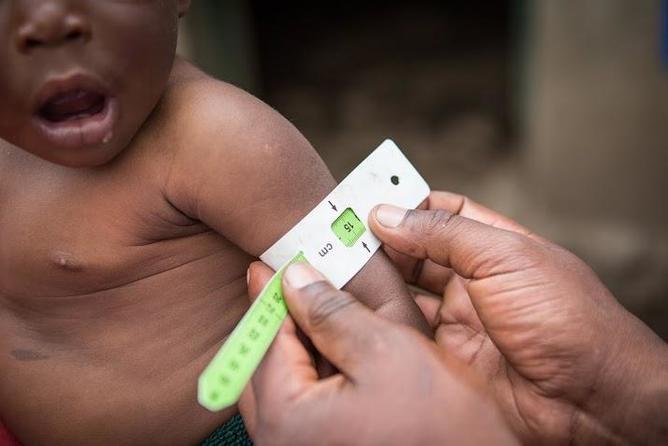Malnutrition is crucial public health problem among kids under five years in growing nations, such as Timor Leste. Several factors that motivate malnutrition are interrelated and feature destructive short-term and long-term fitness outcomes. Malnutrition is divided into malnutrition with direct causes and underlying causes. Factors that include immediate causes are inadequate food intake and recurrent diseases, while underlying causes include lack of access to health facilities, inadequate maternal care, food insecurity and poverty.
The indicators of children’s nutritional status that have been widely defined are stunting, wasting, and being underweight. Stunting is caused by inadequate nutritional intake in the long term and is also caused by repeated infections; wasting results from acute food shortages and disease. The impact of stunting is impaired cognitive development and motor development delays, and most of them are irreversible. On the other hand, wasting is a strong predictor of mortality and requires an immediate response. Underweight combines information on linear growth retardation and weight for length/height. Nutritional deficits also hinder children’s long-term physical, mental, and emotional development and limit the country’s economic and social growth and prosperity. In addition, nutritional deficits also affect children’s cognitive and physical development, increase the risk of infection, and significantly contribute to child morbidity and mortality.
Samples of children age 0-59 months (n=3,723) had whole anthropometric measurements. Evaluation of the nutritional status of children <5 years used three internationally recognized anthropometric indices (height for age, weight for height, and weight for age) to assess the nutritional status of children under five in the 2016 DHS data set. The WHO Multicenter Growth Reference Study was used to calculate the triple anthropometric index to evaluate nutritional status. The three indices are expressed in standard deviation (S.D.) from the median of the reference population. Children with Z-scores, below -2SD of the median WHO reference population, for height for age (HAZ), weight for height (WHZ), and weight for age (WAZ), considered stunted, underweight, and wasting.
The nutritional status of children less than five years of age, category 0, not stunting (>−2SD), and category 1, stunting (<−2SD), average weight (<−2SD) and underweight (<−2SD), not wasted (>−2SD to +2SD) and wasted (<−2SD).
The socio-demographic factors were maternal education, maternal age, maternal body mass index, maternal height, head of household, type of residence, household wealth index, toilet facilities, drinking water sources, and home province. Child factors were the sex of the child, the child’s weight at birth, and antenatal clinic visits.
A total of 3,723 children under 0-59 months were included in this research. Stunting (44.4%) became the most frequent dietary sickness located in this research, accompanied by underweight (37.5%) and wasting (25.3%).
Most of the children are male (50.6%), living in rural areas (68.9%), and have mothers with moderate education (48.9%). Only 8.3% of children had mothers with higher education and 44.2% mothers aged 20-29 years. Around 18.2% of children come from the poorest households, while 18.6% are the wealthiest. According to the mother’s characteristics, 20.8% of children had a low BMI, and 10.1% of mothers had short height (<145 cm). Around 12.7% of children had mothers who visited antenatal clinics during pregnancy <4 times, 89.4% of household heads were husbands, 36.8% of children had unimproved toilet facilities, and 19% of the source of drinking water was not feasible (Table 3). A total of 11.5% of children live in Dili.
It highlights maternal, child, and sociodemographic elements related to stunting, which should be investigated thoroughly to implement appropriate interventions to reduce the stunting burden in Timor Leste. The high incidence of nutritional problems is also due to the excessive poverty rate. The excessive poverty rate in the Timor Leste area causes children to lack vitamins due to insufficient meals intake, making them susceptible to physical growth disorders because of lack of proper care.
Writer: Mochammad Bagus Qomaruddin
Informasi detail dari riset ini dapat dilihat pada tulisan kami di:
https://www.publichealthinafrica.org/jphia/article/view/2116/684
Rifzul Maulina, Mochammad Bagus Qomaruddin, Ardhiles Wahyu Kurniawan, Anggelina Fernandes, Erni Astuti. Prevalence and predictor stunting, wasting and underweight in Timor Leste children under five years: An analysis of DHS data in 2016. Journal of Public Health in Africa 2022; 13:2116 doi:10.4081/jphia.2022.2116









